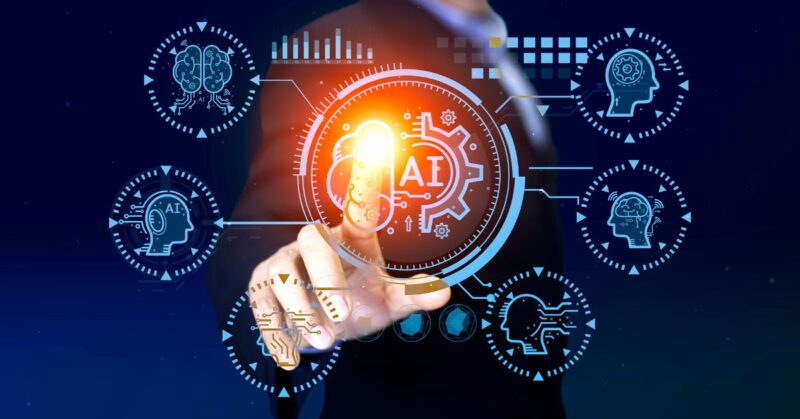Artificial Intelligence (AI) is steering the wheel of innovation in the transportation sector, ushering in an era of smart mobility. This article explores the integration of AI in transportation systems, from the advent of self-driving cars to traffic optimization, unraveling the potential impact on urban mobility and transportation infrastructure.
1. Autonomous Vehicles: The Rise of Self-Driving Cars Uncover the advancements in autonomous vehicles powered by AI. Explore the technology behind self-driving cars, the challenges faced in their development, and the potential benefits in terms of safety, convenience, and reduced traffic congestion.
The discussion on autonomous vehicles emphasizes AI’s role in reshaping the future of personal and public transportation.
2. Traffic Optimization: AI’s Role in Easing Congestion Investigate how AI is optimizing traffic flow in urban environments. This section delves into the use of intelligent algorithms to analyze real-time traffic data, mitigate congestion, and enhance overall transportation efficiency.
The exploration of traffic optimization highlights AI’s potential in creating smoother and more fluid urban mobility.
3. Predictive Maintenance: Enhancing Transportation Infrastructure Examine how AI is transforming maintenance practices in transportation infrastructure. Discuss the implementation of predictive maintenance powered by AI, enabling timely identification of potential issues in roads, bridges, and public transit systems.
The discussion on predictive maintenance underscores AI’s contribution to enhancing the longevity and safety of transportation infrastructure.
4. Smart Traffic Lights: AI-Driven Intersection Management Explore the implementation of AI in traffic light systems for intelligent intersection management. Discuss how AI algorithms analyze traffic patterns to optimize signal timings, reduce waiting times, and enhance the overall efficiency of traffic flow at intersections.
The exploration of smart traffic lights showcases AI’s ability to bring intelligence to key elements of V Circle.
5. Public Transit Optimization: AI for Seamless Commutes Delve into how AI is optimizing public transportation systems. Discuss the integration of intelligent algorithms in public transit planning, scheduling, and operation to provide more efficient and reliable services for commuters.
The exploration of public transit optimization emphasizes AI’s role in making mass transit a more attractive and sustainable option.
6. Smart Infrastructure: Integrating AI in Roads and Highways Investigate the incorporation of AI in road and highway infrastructure. Discuss how smart infrastructure, equipped with AI sensors and monitoring systems, can enhance safety, reduce accidents, and provide real-time information for drivers.
The discussion on smart infrastructure underscores AI’s potential to create safer and more adaptive transportation environments.
7. Environmental Impact: AI’s Contribution to Sustainable Mobility Address how AI is contributing to sustainable and environmentally friendly transportation. Discuss the role of intelligent systems in optimizing routes, reducing emissions, and promoting eco-friendly practices in the transportation sector.
The exploration of the environmental impact emphasizes AI’s potential to make transportation systems more sustainable and eco-conscious.
Conclusion: Steering Toward a Smart and Connected Future As AI continues to revolutionize the transportation landscape, the future holds the promise of smart and connected mobility. From self-driving cars to optimized traffic flow and sustainable practices, intelligent algorithms are reshaping how we move in urban environments. This exploration highlights the potential of AI to not only enhance efficiency but also contribute to safer, more sustainable, and seamlessly connected transportation systems.
